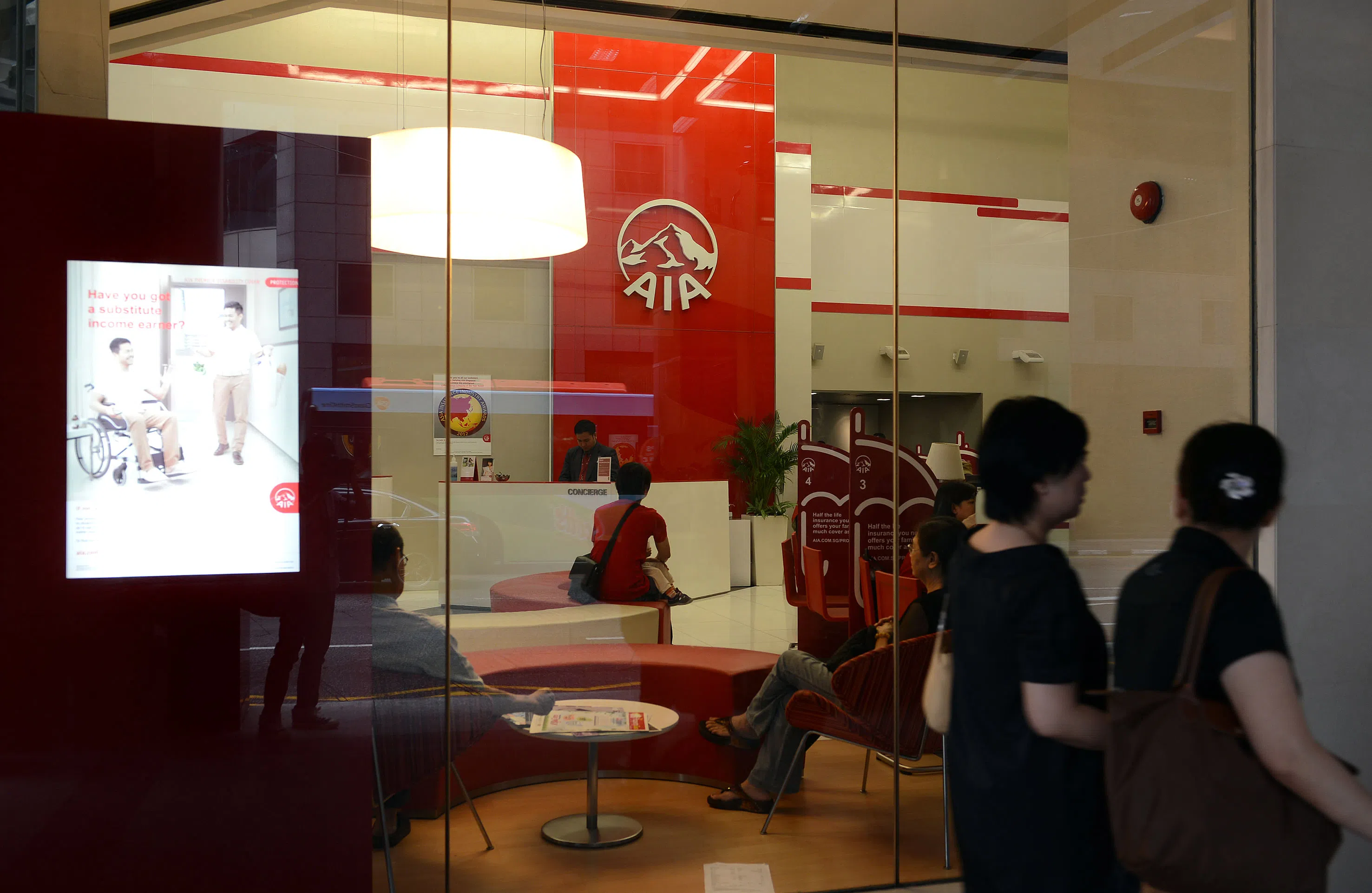IT’S arguably one of the last places you’d expect stock investors to turn as China’s economy struggles and its real estate crisis worsens.
But Chinese banks have suddenly become market darlings as investors bet their outsized dividend payouts and state support will make them winners in a country where yields on bonds have tumbled near record lows.
Just this week, shares of Agricultural Bank of China – one of the big four banks – climbed to a record in Shanghai, while Bank of China reached the highest level since the nation’s 2015 equity bubble. The upward momentum helped the CSI Banks Index advance 19 per cent so far this year, compared with a 3.2 per cent decline in the broader benchmark.
Almost every member of the banking sub-gauge has touched a 52-week peak at some point in 2024, according to figures compiled by Bloomberg, as traders flock to lenders for sanctuary. Each of the big four state-owned banks, which also includes Industrial & Commercial Bank of China and China Construction Bank, are on track to outperform the CSI 300 Index by the most since at least 2021.
Much of the demand for lenders’ shares is part of a frenzy for high dividend-yielding assets in a year marked by economic malaise and a clouded investment outlook. Bulls say that further gains are ahead thanks to rising risk-adverse funds and unwavering state support for the market. Sceptics warn that the rally has gone beyond fundamentals and investor hopes for even higher dividend payouts are misplaced.
The shares may continue to outperform the market thanks to “a major shift to prioritise financial risk containment versus supporting growth”, Morgan Stanley analysts led by Richard Xu wrote in a note.
BT in your inbox
Start and end each day with the latest news stories and analyses delivered straight to your inbox.
Still, the prospect of higher non-performing loans should Chinese manufacturers seek to maintain cost competitiveness to defend global market share could lead to over-investment and ultimately hurt lenders’ margins, the Wall Street bank added.
So far, traders appear to be ignoring that possibility. Part of that thinking relates to the recently strong inflows to the sector linked to state funds, with sovereign wealth fund Central Huijin Investment likely increasing stakes in the four big lenders to support the market recently.
Valuations also make a strong case for risk-adverse funds, with the sector still trading at about 0.5 times its book value on average. The expected dividend yield on the CSI banking sub-gauge over the next 12 months averages 5 per cent compared with a 2.2 per cent yield on the 10-year government bond.
“The fund flows that are a new factor in the market this year include ETF buyers and insurance funds, both of which tend to seek a high exposure to banks,” Industrial Securities analyst Zhang Qiyao wrote in a note.
Bank earnings slated for later this month may be the next test for investors to gauge the health of the sector. Combined profits at China’s commercial lenders edged up just 0.4 per cent in the first six months of the year, according to the latest official data, the smallest increase since 2020. Net interest margin also tumbled to a record low of 1.54 per cent as at the end of June, well below the 1.8 per cent threshold regarded as a measure of reasonable profitability.
The sector’s return on equity is also set to slide further from a trough of 8.9 per cent in the first half towards 8 per cent to 2025, as margin contraction could deteriorate amid more central bank easing, according to Bloomberg Intelligence analysts Francis Chan and Nicholas Ng. Loan growth may also slow to a high-single-digit from double digits, they added.
Jason Bedford, who in 2019 called troubles at China’s regional banks, said while he’s upbeat on the nation’s dividend plays, banking shares aren’t part of that optimism. Measures to encourage listed firms to boost returns have prompted many to increase dividend payout ratios, which is a win for state-owned enterprise stocks, according to the former Bridgewater Associates analyst. But lenders are a different story, he said.
“Strong capital growth needs in banks means they are unlikely to increase payout ratios at all,” Bedford said. BLOOMBERG






